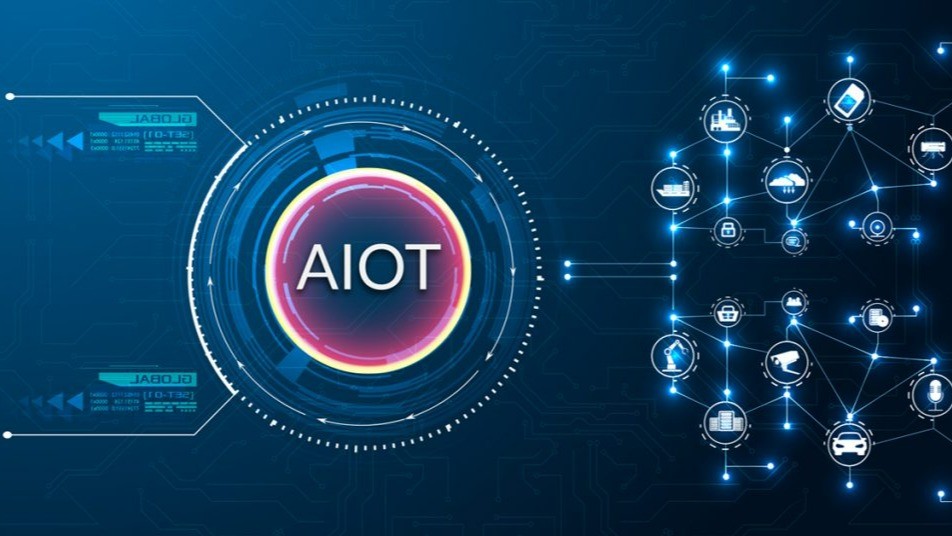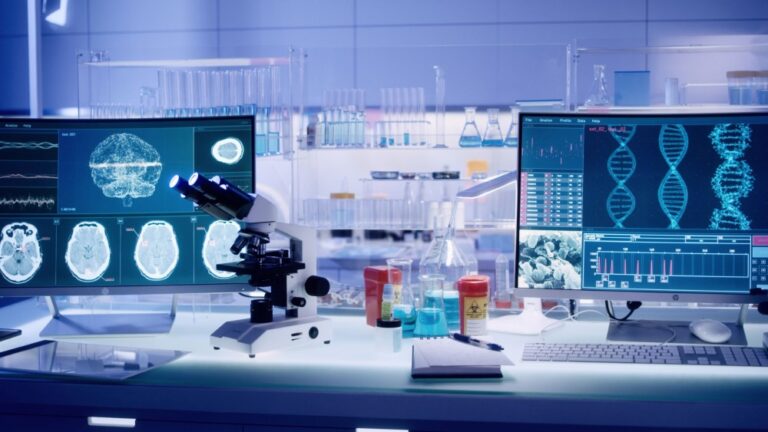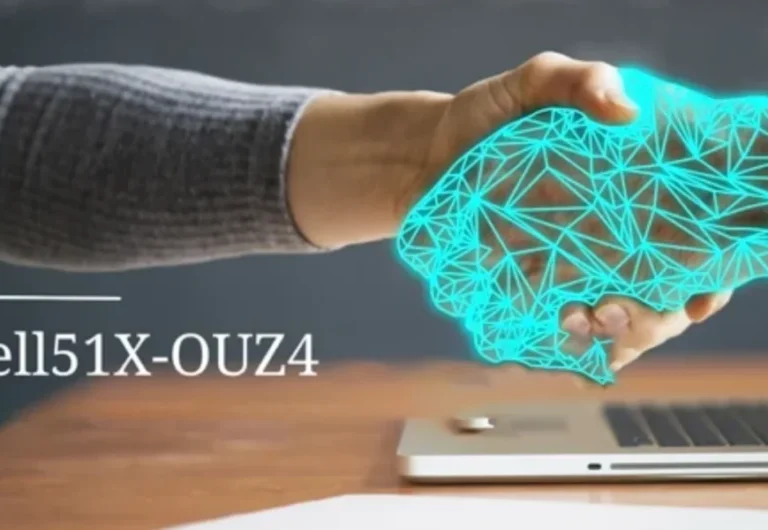Imagine a factory where machines predict their own failures. Then they order replacement parts automatically, keeping production humming. This is the promise of AIoT, where artificial intelligence meets the Internet of Things. This combo creates smart systems that are changing how we live and work. We will uncover the basics of, explore its uses in different fields, see its good sides, and think about the difficulties of putting it to work.
Understanding the Fundamentals of AIoT

AIoT means Artificial Intelligence of Things. It combines the power of AI with the vast network of IoT devices. Let’s break it down. AI gives machines the ability to learn, reason, and make decisions. IoT involves connecting everyday objects to the internet, allowing them to send and receive data. Together, they enable systems that are more intelligent and automated.
Defining Artificial Intelligence in the Context of AIoT
AI in AIoT is not just one thing. It includes machine learning, deep learning, and natural language processing. Machine learning algorithms find patterns in data, enabling predictive maintenance. Deep learning tackles complicated problems like image recognition for quality control. Natural language processing allows devices to understand and respond to human language. These AI technologies process data from IoT devices. They make smart decisions without human intervention.
The Role of IoT Devices and Connectivity
IoT devices are the eyes and ears of systems. These include sensors, actuators, and gateways. Sensors collect data on temperature, pressure, and other conditions. Actuators perform actions based on this data, like adjusting a valve or turning on a motor. Gateways provide the connection between these devices and the cloud. Wi-Fi, cellular, and LoRaWAN are important for reliable data transmission. This connectivity ensures that data flows smoothly, enabling real-time monitoring and control.
AIoT Applications Across Industries

AIoT is transforming various industries. It offers new ways to improve efficiency, safety, and productivity. Let’s see how.
AIoT in Smart Manufacturing
Smart manufacturing uses for predictive maintenance. This helps quality control, and also process optimization. Imagine sensors on machines tracking vibration and temperature. AI algorithms analyze this data to predict when a machine might fail. This allows manufacturers to schedule maintenance before breakdowns occur. One company uses to reduce downtime by 20%. It also improved production efficiency by 15%.
AIoT in Healthcare
Healthcare is seeing big changes thanks to AIoT. Remote patient monitoring is now easier than ever. Wearable health devices track vital signs and send data to doctors. Smart hospitals use to manage resources and improve patient care. Helps improve patient outcomes. It reduces costs by enabling proactive and personalized healthcare.
AIoT in Smart Cities
Smart cities leverage for traffic management. They also use it for energy efficiency and public safety. Sensors monitor traffic flow and adjust traffic lights. This reduces congestion. Smart grids optimize energy distribution, lowering energy consumption. Security cameras with facial recognition enhance public safety. These things make cities more livable and sustainable.
Benefits of Implementing AIoT Solutions
AIoT offers many benefits. It can improve efficiency and reduce costs. It also enhances decision-making and increases automation.
Enhanced Efficiency and Productivity
AIoT automates tasks, optimizes processes, and improves resource use. This leads to increased efficiency and productivity. For example, smart factories use AIoT to automate production lines. They optimize the supply chain. Smart agriculture uses sensors to monitor soil conditions. Then, it automates irrigation. These types of improvements boost efficiency. They also reduce waste.
Data-Driven Decision-Making
AIoT provides real-time insights and data-driven analytics. This helps organizations make informed decisions. Businesses can use to understand customer behavior. This optimizes marketing strategies. Manufacturers can use it to monitor production processes. Then they improve quality control. This data empowers leaders to make better choices. And it improves business outcomes.
Challenges and Considerations for AIoT Deployment

Putting AIoT to work isn’t always easy. There are some things to think about, like security and data privacy.
Security and Privacy Concerns
AIoT devices can be hacked, which is a security risk. Data traveling between devices needs protection. It is important to use strong security measures to protect data. Also, preventing cyberattacks is a good idea. Data privacy is also important, especially with personal data from healthcare devices.
Data Management and Integration
Devices make lots of data. Managing and integrating all this data can be hard. Data governance ensures that the data is accurate and reliable. Data quality is important so the information is useable. Interoperability makes sure different systems can work together. This is important for to work well.
Conclusion
Is more than just a trend; it’s a transformation. It brings AI and IoT together. It can change industries. It helps make smart choices and automates tasks. But, it is vital to tackle security and data problems. As keeps changing, it is going to make lots of opportunities. So, think about how can improve your business.






